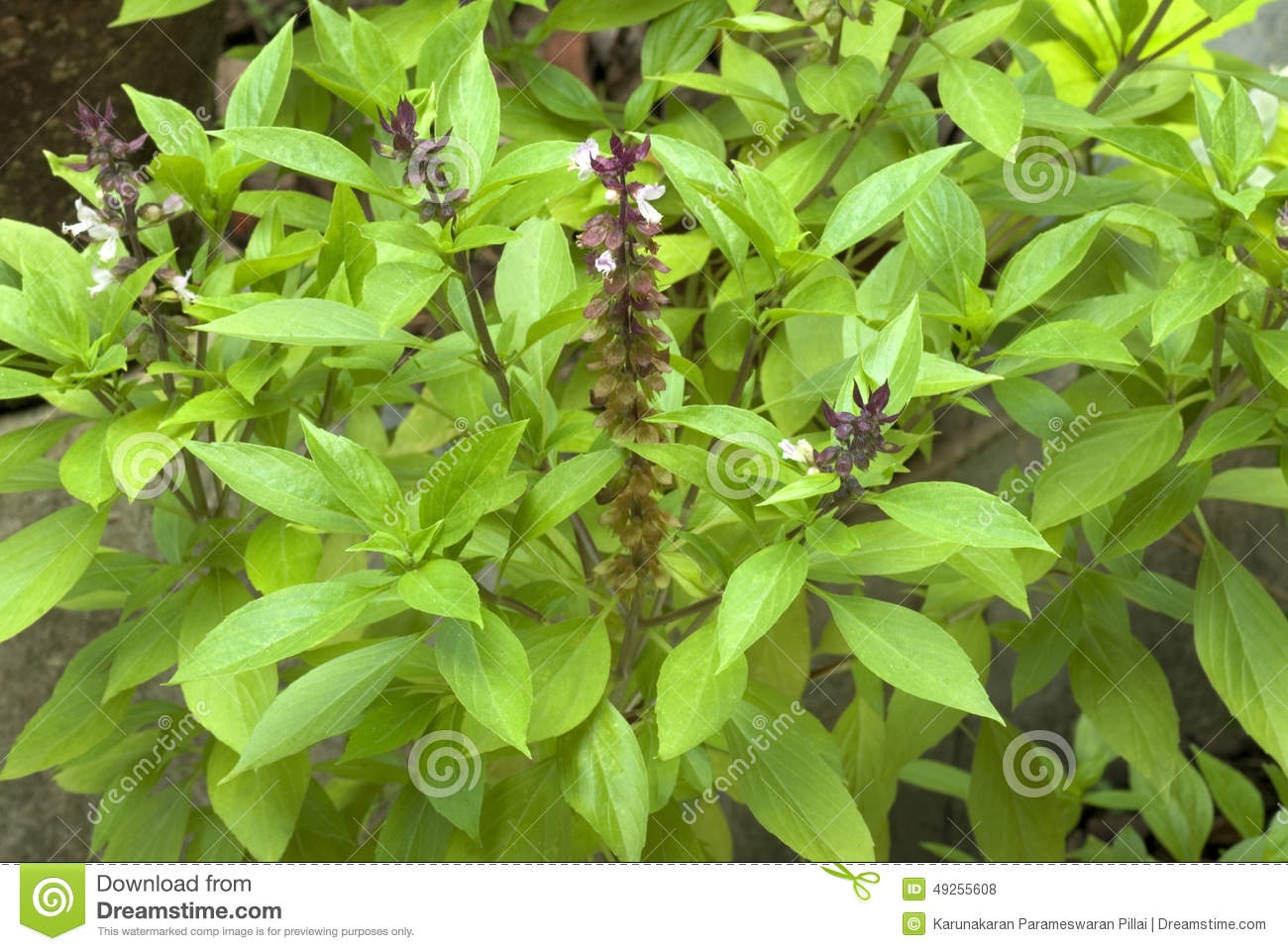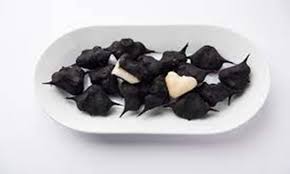Medicinal properties of tulsi herb
Mon 07 Sep 2015, 13:39:55

For the first time, a draft genome covering 374 million bases (61 per cent coverage) of the tulsi herb has been sequenced and the main enzymes responsible for the synthesis of secondary metabolites which have medicinal properties have been unravelled by a team of nearly 30 scientists at the Bengaluru-based National Centre for Biological Sciences (NCBS) and the Centre for Cellular and Molecular Platforms, Bengaluru.
Tulsi is well known for its myriad medicinal properties — antibacterial, antifungal, antipyretic, antioxidant, antiseptic and anticancer.
Of the nearly 40 secondary metabolites that have medicinal value, the genes and enzymes responsible for the production of 14 metabolites have been mapped on the genome. Not much information on the pathway is available for the remaining metabolites. Of the 14 metabolites that have been mapped, eight have anti-cancer properties and the remaining six have antifungal, antioxidant, anti-inflammatory, antiseptic, and cardio protective properties. The results were published recently in the journal BMC Plant Biology.
“We know tulsi contains many anticancer and other medicinally important properties.
Of the five tulsi
subtypes investigated, only the two domesticated subtypes — Rama (green leaves) and Krishna (purple leaves) — have been found to contain very high concentration of these medicinally important metabolites. Between the two domesticated subtypes, the Rama subtype contains “high abundance” of medicinally important metabolites. “The concentration of eugenol (anti-infective) and ursolic acid (anticancer) in both leaf and stem was more in Rama than Krishna subtype,” said Atul Upadhyay the first author of the paper from NCBS.
subtypes investigated, only the two domesticated subtypes — Rama (green leaves) and Krishna (purple leaves) — have been found to contain very high concentration of these medicinally important metabolites. Between the two domesticated subtypes, the Rama subtype contains “high abundance” of medicinally important metabolites. “The concentration of eugenol (anti-infective) and ursolic acid (anticancer) in both leaf and stem was more in Rama than Krishna subtype,” said Atul Upadhyay the first author of the paper from NCBS.
“Ayurveda mostly uses Rama and Krishna tulsi,” said Nitish Sathyanarayana of NCBS and a co-author of the paper.
Of the various parts of the plant, the leaves were found to have the highest concentration of the metabolites; roots and stems contain only minimal amount. “While the synthesis of the metabolites appears to begin in the young leaves, the mature leaves retain the medically relevant metabolites,” said Prof. Sowdhamini.
The reason why the metabolites are most abundant in leaves could be that they are the source of energy production and they are most vulnerable to consumption by animals and exposure to pathogens.
No Comments For This Post, Be first to write a Comment.
Most viewed from Health
AIMIM News
Latest Urdu News
Most Viewed
May 26, 2020
Can Lionel Messi's visit boost Indian football?
Latest Videos View All
Like Us
Home
About Us
Advertise With Us
All Polls
Epaper Archives
Privacy Policy
Contact Us
Download Etemaad App
© 2025 Etemaad Daily News, All Rights Reserved.

























.jpg)
.jpg)
.jpg)


